Life Insurance
Lump sum payment if you were to pass away or are diagnosed with a terminal illness.
AIA Vitality NZ - 4 min read
01 September 2021
Indoor plants don’t just look good, they do good too! Here’s what our leafy friends reward us with, plus the best plants for cultivating your own little jungle.
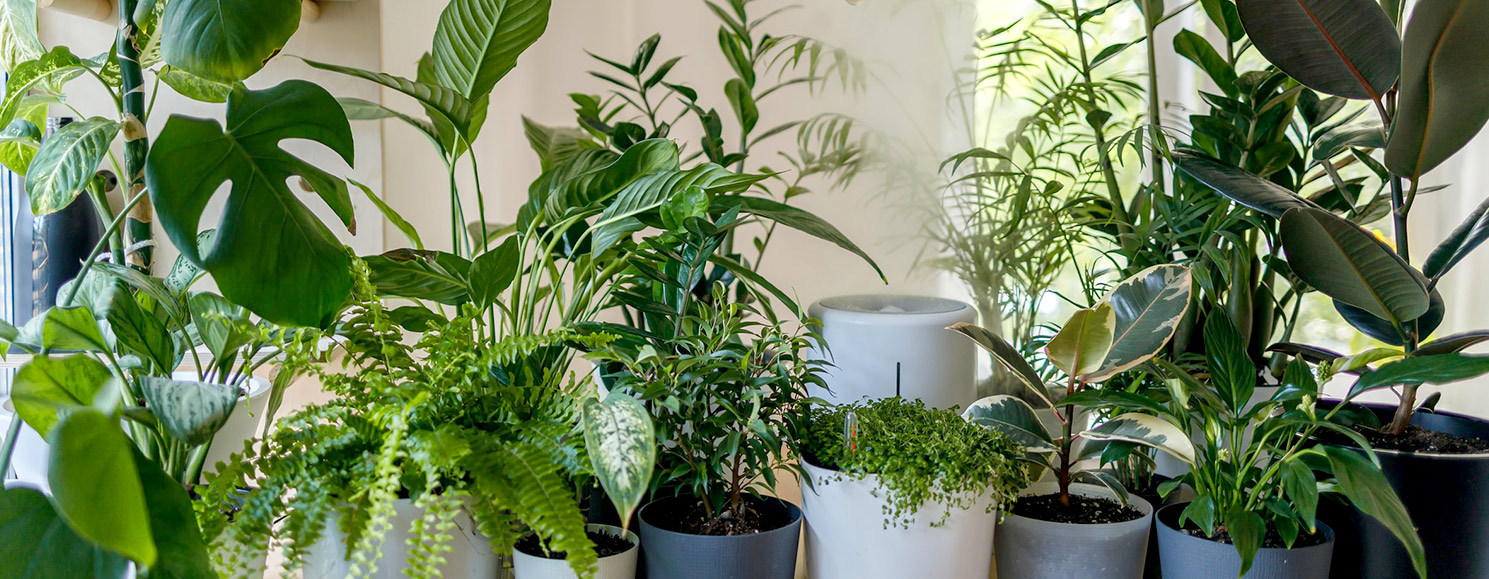
Throughout 2020, as many of us finally got serious about exercise, cooking more, and figuring out how to meditate, a sizable chunk of New Zealanders worked on cultivating their green thumb. As we find ourselves in lockdown again, our efforts from last year might now be paying off in the form of leafy healthy plants.
A pot plant on the windowsill does so much more than simply offer a pop of colour to an indoor space. While houseplants can’t actually remove toxins from the air, they do more for our mental wellbeing than you might think.
Studies have shown that indoor plants placed around the workplace can increase staff productivity, make workers feel more alert, and even boost morale. One study showed that simply having a view of a garden from the office could reduce the number of sick days staff might take. If you’re working from home, don’t underestimate the benefits of having a plant or two near your workspace.
This study showed that patients staying in hospital rooms with plants or flowers had lower blood pressure and experienced a faster recovery than people in rooms without greenery.
Caring for an indoor plant may combat feelings of loneliness, isolation and depression, as nurturing another living thing provides a sense of purpose.
Just like walking in a forest, or lying under a tree in your local park, feelings of calm and peace can be felt around indoor plants too. This study showed that simply looking at a plant when you’re experiencing stress or anxiety could reduce negative feelings.
If you’re ready to start cultivating your own little lounge room forest, here are our favourite easy-to-grow indoor plants and how to care for them:
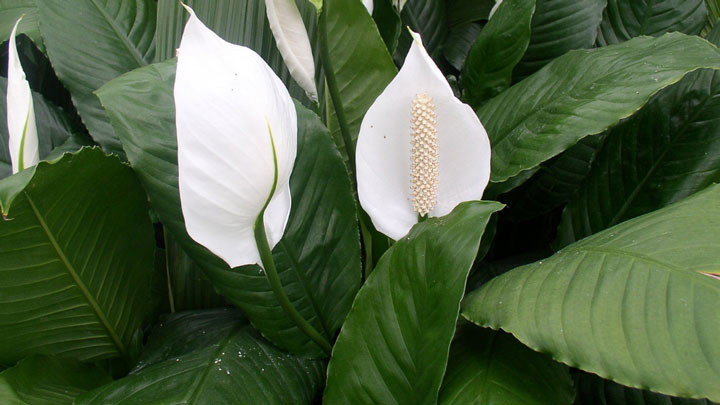
What’s not to love about the Peace Lily! These popular plants, with their shiny green leaves and occasional tall white flowers, grow happily just about anywhere – even in dark corners which makes them perfect for in the office or to brighten up low light spaces in your home. Their leaves will droop when they need water.
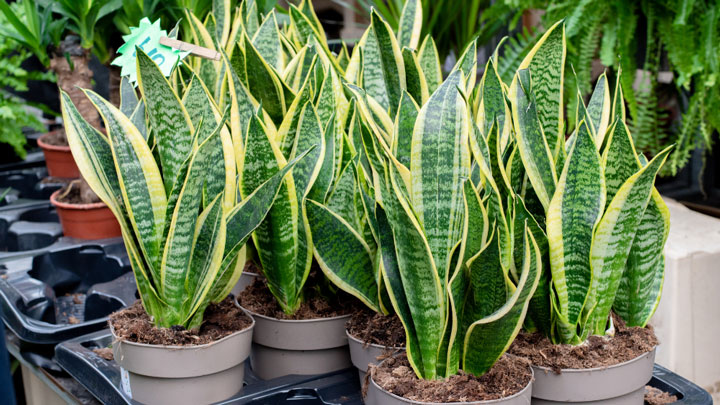
Also known as Mother-in-law Tongue, these hardy indoor plants prefer their soil on the dry side and can go for a few weeks without water. As they’re very tolerant and forgiving, they make the perfect plant for a beginner. Although they’re prone to rot, so make sure you’re potting your plant in free-draining soil. Tip: adding some stones at the bottom can help with drainage.
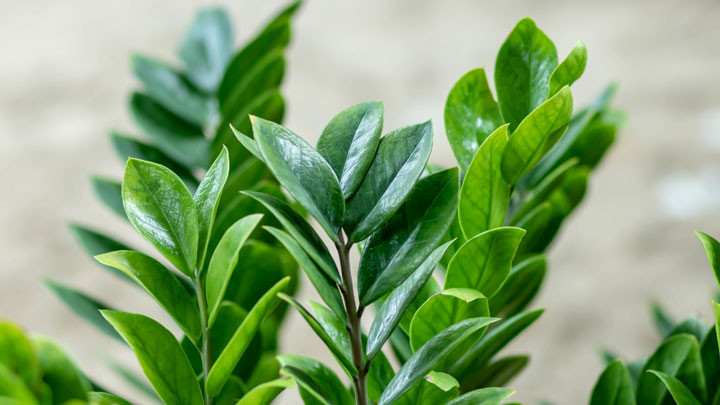
Extremely hard to kill, the Zanzibar Gem can survive for months without water (but pop a reminder in your phone to give it a drink every few weeks).
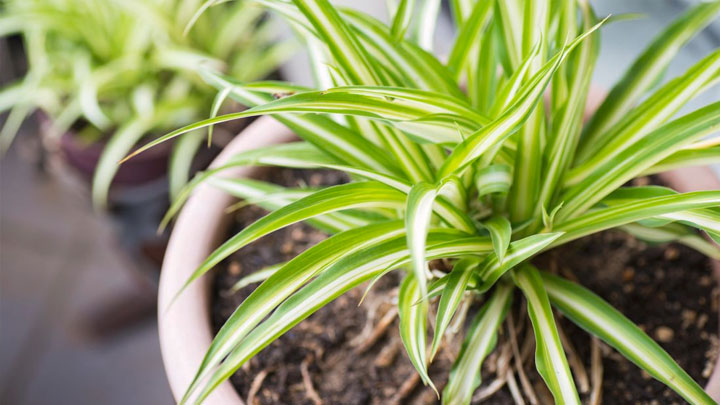
These long-leafed plants will grow well in almost all conditions, but prefer bright, indirect sun and the occasional drink of water.
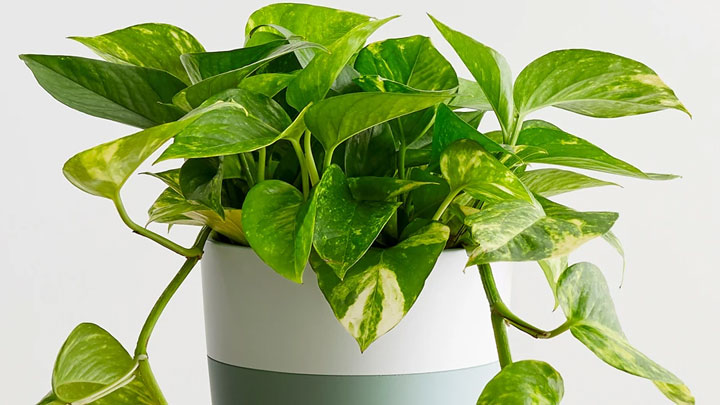
A popular plant for hanging baskets, Devil’s Ivy grows long, leafy tendrils that’ll give your house an Amazon Jungle-esque feel (minus all the mosquitoes). Devil’s Ivy can grow anywhere, but we suggest popping it in a spot that gets plenty of indirect sunlight. Give it some water every week or so.
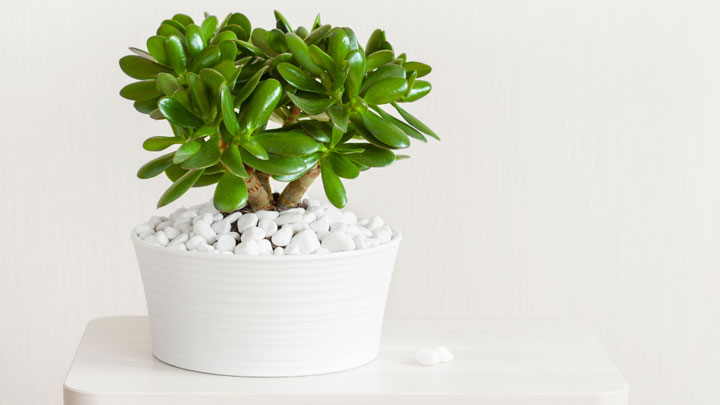
The legend goes “Jade at your door, you’ll never be poor”. We can’t confirm or deny this will happen to you, but you will be rewarded by an easy to maintain indoor succulent with lush green leaves all year. These round-leafed beauties, also known as the money plant, are very resilient and forgiving, even for the most forgetful caretakers.
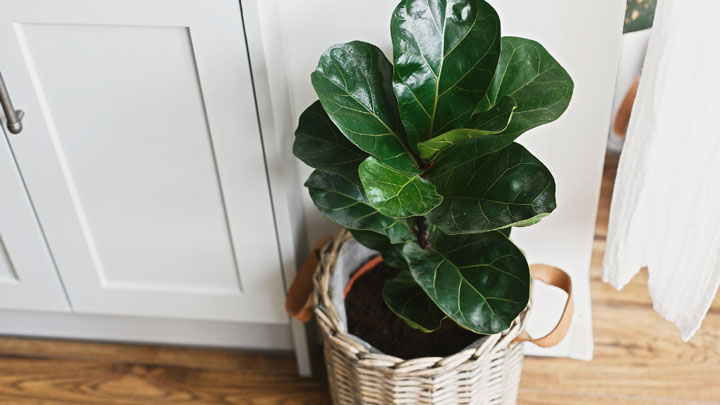
If you’re new to gardening, perhaps don’t start with the fiddle-leaf as they can be – well – a little on the fickle side… But once you’ve got the hang of caring for your new green friends, think about investing in a fig. They like a warm environment with plenty of light but keep them away from drafts and don’t touch their leaves (as they’re prone to go brown). Fiddle-leaf figs lean towards the sun, so rotate their pot every month or so. Figs also don’t like to be moved around too often (they can be very dramatic about it!) so pick a spot and commit.
With watering, the general rule of thumb is that if the soil feels moist, they don’t need water; if the soil is dry and shrinking away from the edge of the pot, your plant needs a drink.
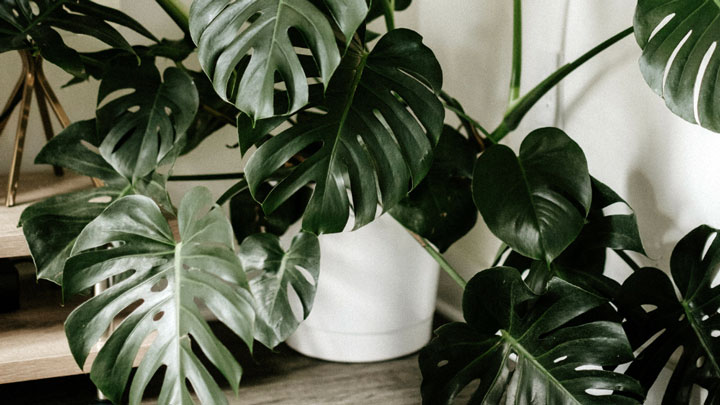
The hardy Monstera (or Cheese Plant) has grown in popularity recently, a resurgence from the 1970’s and for good reason! With their swiss cheese leaves and winding vines, they’re easy to grow and don’t require much attention other than pruning to keep them from overtaking your lounge. Monstera translates to ‘monster’ which can be exactly what happens if left unchecked. As they’re a vine, having a moss pole (totem) for the roots to cling to will help it to grow vertical and keep your plant looking in perfect shape. They prefer to be slightly root-bound, so having a smaller pot for their size isn’t an issue and only repot if you absolutely have to. Water when the soil is dry or is coming away from the edges. Keep an eye out for colour changes (variegation), these are rare and can sell for eye-watering amounts!
Please note: these plants can be harmful if ingested, so keep them out of reach of small children and pets.